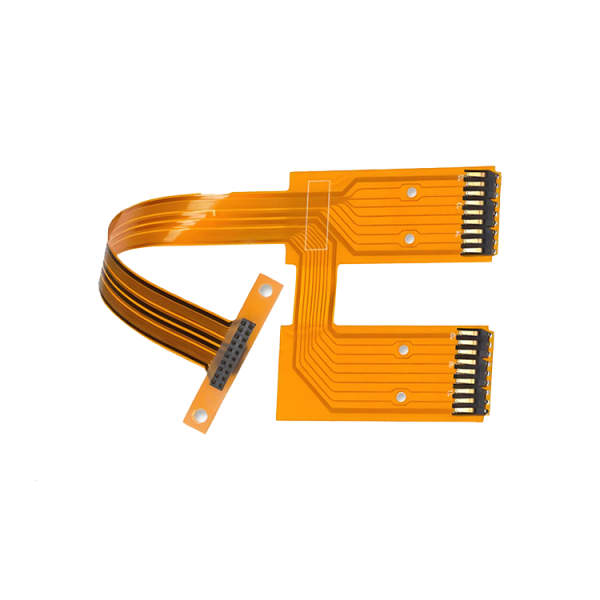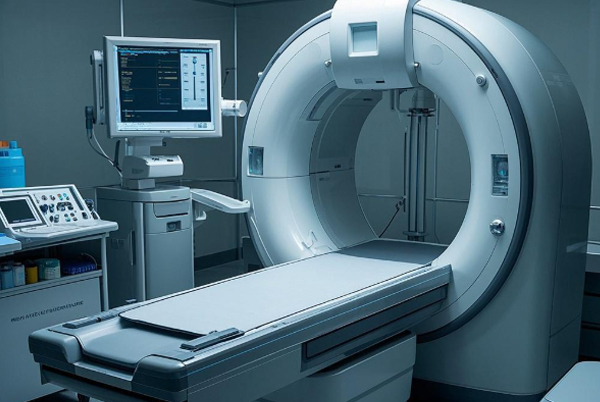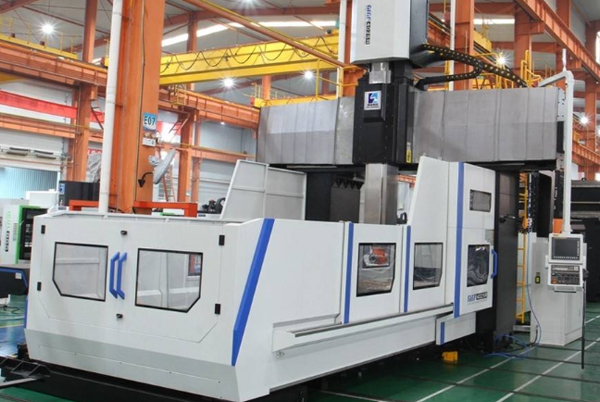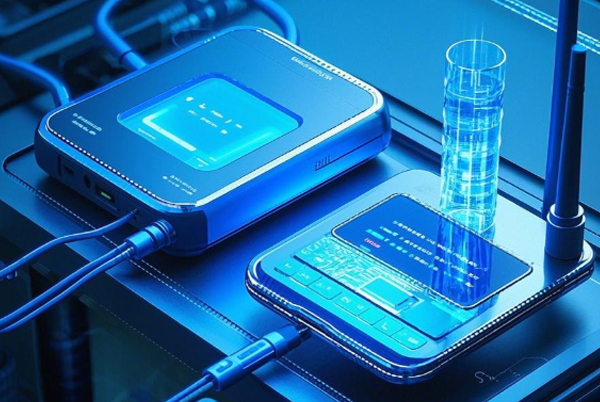14-Day 4-Layer PCBA Our Pledge
Faster & Professional Turnkey PCB Assembly Services
Get Instant Quote
FPC Manufacturing Services
Topfast specializes in high-quality flexible PCB boards, including flat flexible cables, HDI flexible circuits, and multi-layer flexible PCBs with impedance control and optional stiffeners.
Why Use Flexible PCBs?

Advanced Flexible PCB Manufacturing Capabilities
High-quality flexible circuits for demanding applications
Layer Capacity
1-10 standard layers
Up to 16 layers for advanced designs
Precision Tolerances
3 mil traces/spacing
0.1mm laser drilling
Thickness Range
0.05mm to 0.5mm standard
Up to 0.8mm advanced
Detailed Specifications
- Max layers: Up to 16
- Line width/spacing (inner): 3/3 mil
- Line width/spacing (outer): 3.5/4 mil
- Copper thickness: 2 oz (inner/outer)
- Mechanical drill: 0.1 mm min
- Laser drill: 0.1 mm min
- Aspect ratio: 10:1
- Board thickness: 0.1-0.5 mm
- Thickness tolerance: ±0.05 mm
- Impedance tolerance: ±5Ω (≤50Ω)
- Board size: 5×10mm to 9×14″
- Minimum BGA: 7 mil
- Component size: 7×10 mil
- Surface finishes: ENIG, HASL, OSP, etc.
- Solder mask colors: Green, black PI, yellow PI
- Legend options: White, black, red, yellow
- Strain radius: 1.5±0.5 mm
- Press-fit tolerance: ±0.05 mm
- PTH tolerance: ±0.075 mm
Have questions? Our engineering team is ready to assist with your flexible PCB needs.
Contact USPCB Assembly Capabilities
High-precision assembly services for all your electronic manufacturing needs
| Assembly Specifications | |
|---|---|
| Stencil Size Range | 29″ × 29″ (736.6mm × 736.6mm) |
| SMT Capabilities |
|
| Wave-Soldering |
|
| Min. BGA Pitch | 0.008″ (0.20mm) |
| Max. BGA Size | 74mm × 74mm |
| BGA Ball Pitch | 1.00mm (Min) to 3.00mm (Max) |
| BGA Ball Diameter | 0.40mm (Min) to 1.00mm (Max) |
| QFP Lead Pitch | 0.38mm (Min) to 2.54mm (Max) |
Core Materials of Flexible PCBs
Precision-engineered material combinations for optimal performance and durability
Substrate Materials
Polyimide (PI)
PET (Polyester)
Conductive Layer
Rolled Copper Foil
Coverlay/Insulation
PI Cover Film
Photoimageable Solder Mask
Stiffener Options
FR4
Steel Sheet
Applications of Flexible PCBs

Used in medical devices to meet strict size and bending requirements, enabling reliable circuits in compact, wearable environments.
Medical Equipment

Offers greater resistance to shock and vibration compared to rigid PCBs, withstanding high-temperature industrial environments.
Industrial Machinery

Enables compact designs in smartphones, wearables, and audio equipment where flexibility and signal integrity must coexist.
Consumer Electronics

Critical for ADAS, infotainment systems, and sensors where material durability and controlled bending ensure long-term reliability.
Automotive

Used in spaceborne equipment for lightweight, extreme environment resistance, and reliability against vibration and shock.
Aerospace

Enables high-frequency signal transmission and complex 3D designs for high-performance electronic communication systems.
Communications
Frequently Asked Questions
All of our products are IPC rated with ISO 14001; ISO 9001; CE; ROHS certificates, etc. Our products are widely used in communication, medical equipment, industrial control, power supply, consumer electronics and aerospace, automotive industry and other fields.
Topfast always adheres to the service concept of customer first and quality first, and provides diversified customized services, which can produce single-sided boards, double-sided boards, multilayer boards and so on.
The company has world-class production equipment (laser drilling machine, VCP through-hole filling line, blind hole AOI testing equipment, ceramic grinding line, vertical vacuum resin blocking machine, etc.), first-class technical team, mature product line, perfect service flow, to provide one-stop PCB services from design, sampling to mass production and assembly.
We can deliver double-sided samples in 24 hours at the earliest, but we need to evaluate the delivery time according to the design file and the quantity.
The products are widely used in communication (cell phones, computers, etc.), medical equipment (blood analyzers, hearing aids, etc.), industrial control, power supply, consumer electronics and aerospace, automotive industry and other fields.
Flexible PCBs typically use copper as the conductive layer and polyimide as the insulating material. In addition, adhesives and reinforcing ribs are used to bond and support the layers.